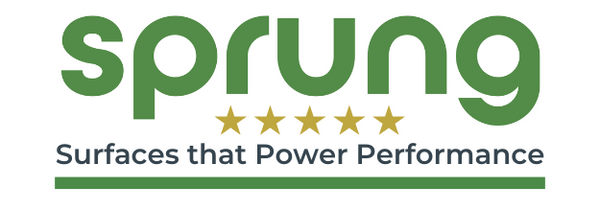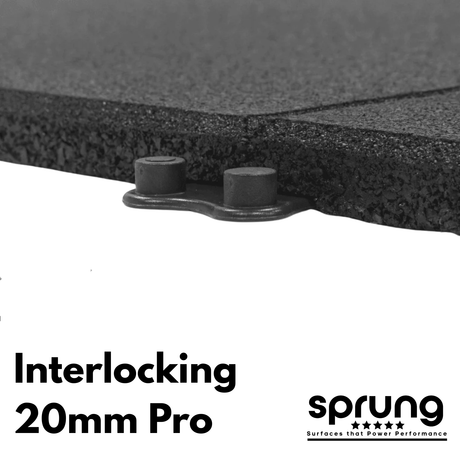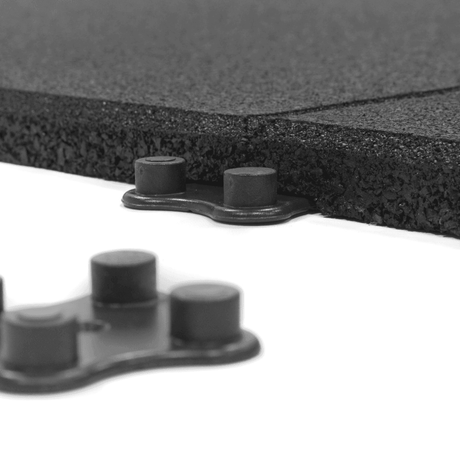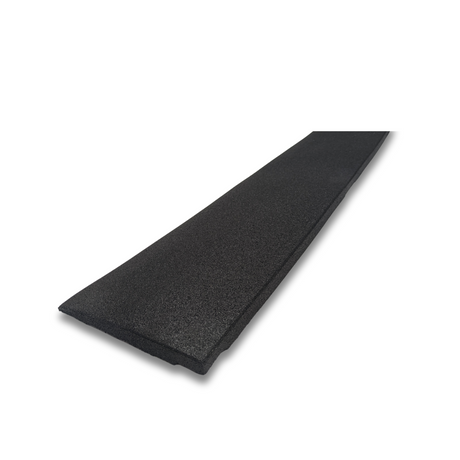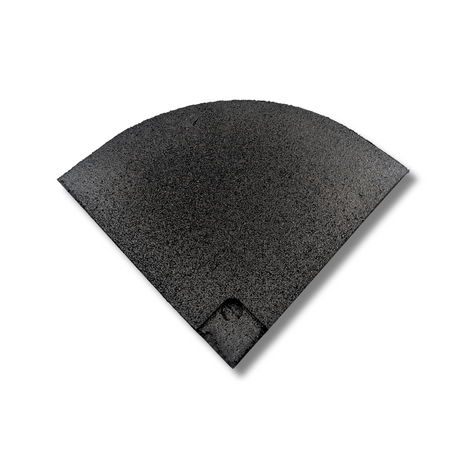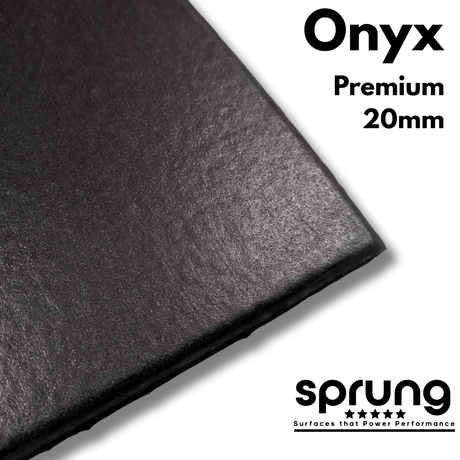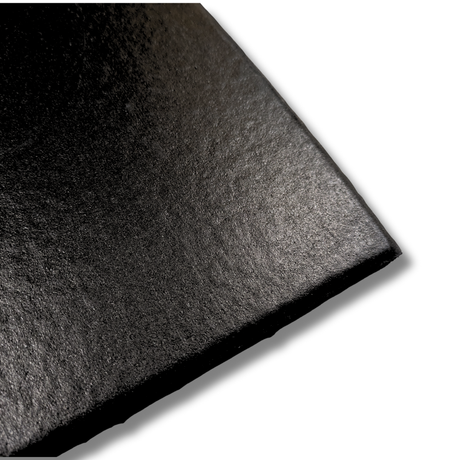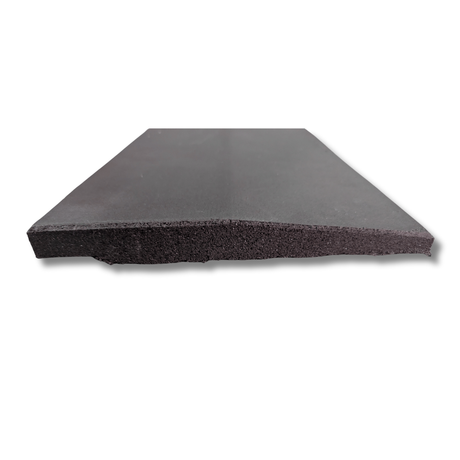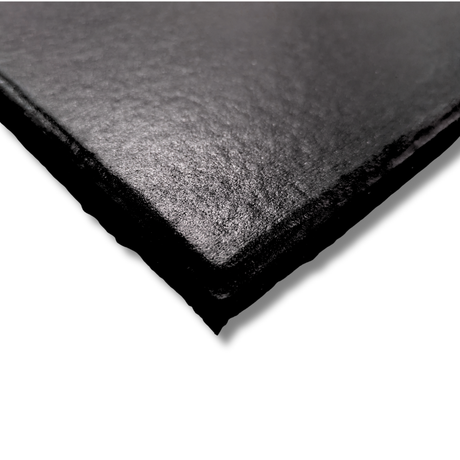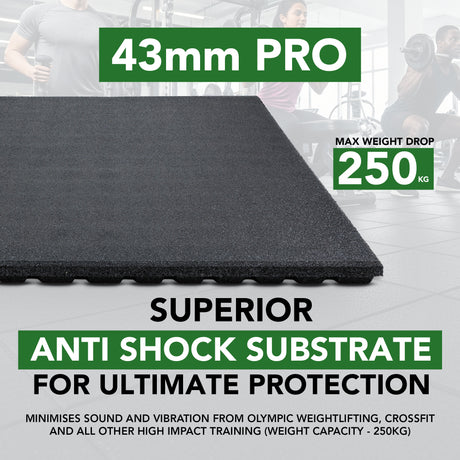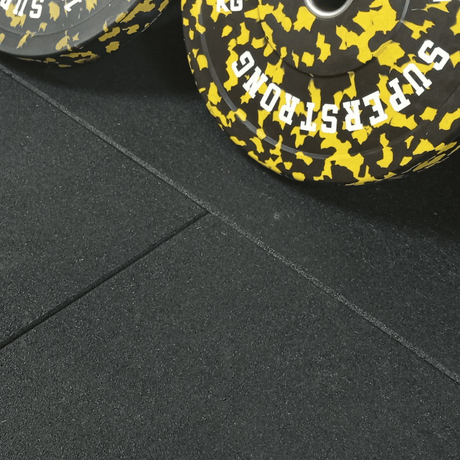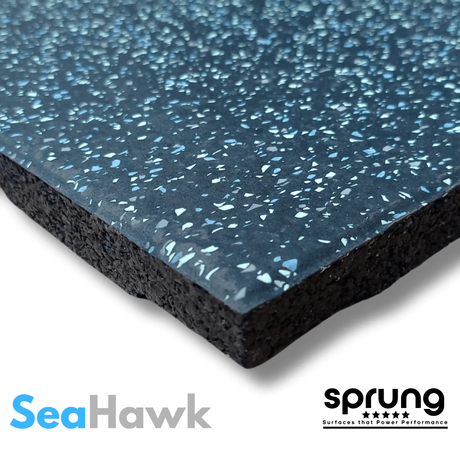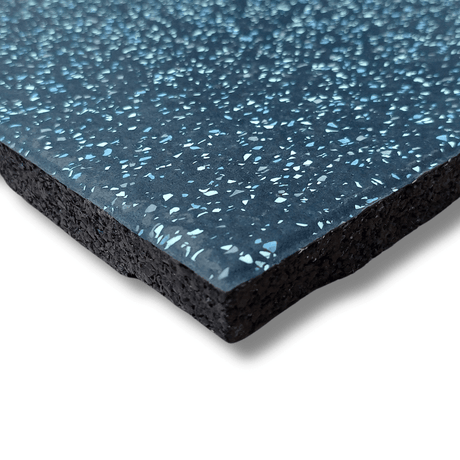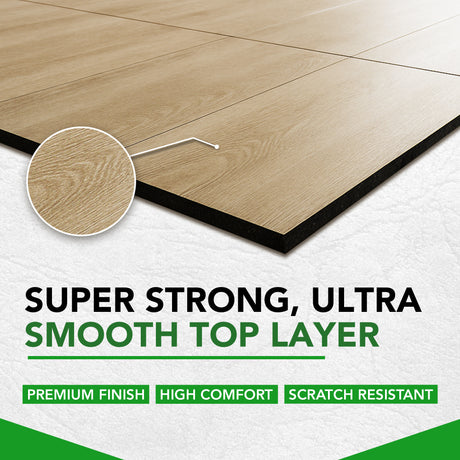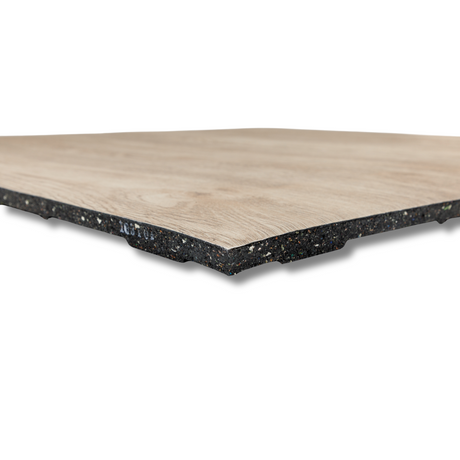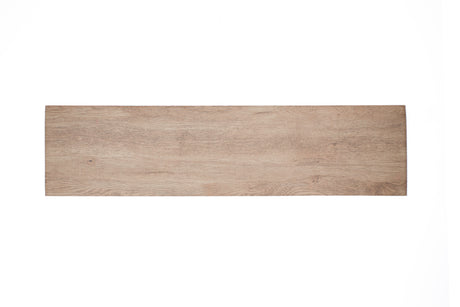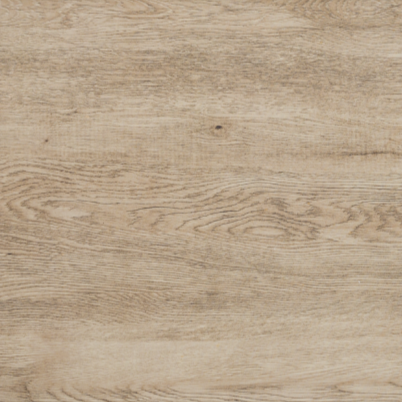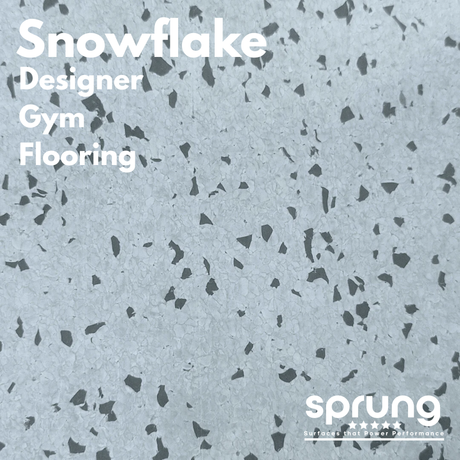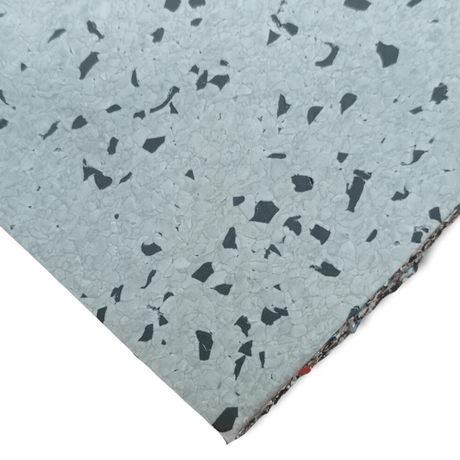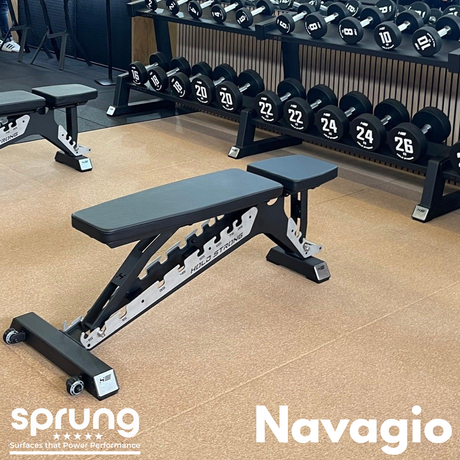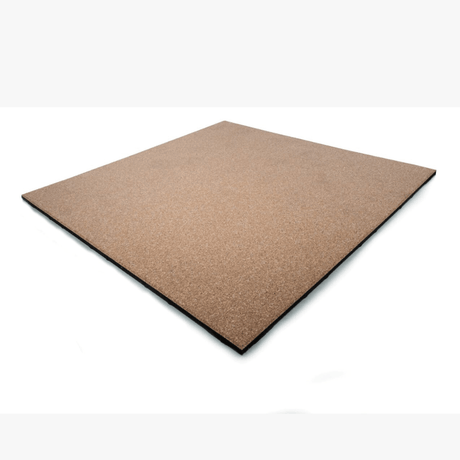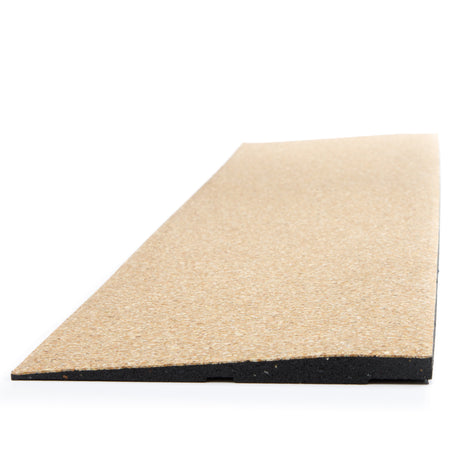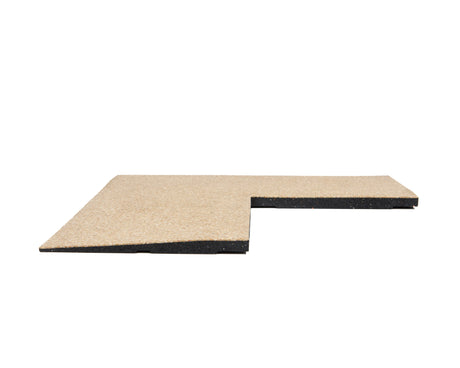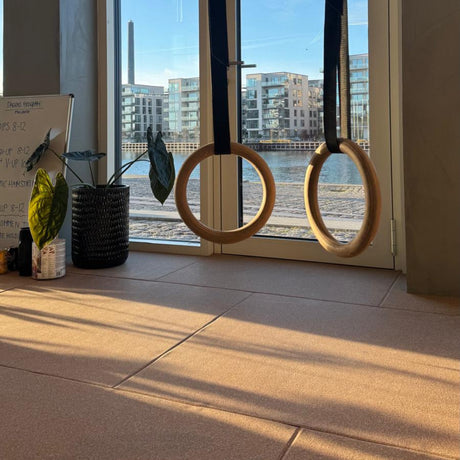Whether you train in a gym or at home, real results hinge on sticking with it and training smart. Sound bold? It’s true. What matters most aren’t fancy machines or perfectly curated home videos—it’s designing a routine grounded in research that you can actually follow.
Why This Debate Matters
You’ve probably typed phrases like “Gym vs home workout reddit” or wondered “gym or home workout which is better for weight loss”. And with more people now using the home gym, relying on workout apps, exercise videos, or just bodyweight movements and a yoga mat, the choice can feel overwhelming.
Let's walk through the facts—and help you forge a fitness strategy that fits your goals and lifestyle.
Weight Loss: Gym vs Home—The Evidence
- A controlled comparison between 50 gym-goers and 50 home-based exercisers over one month found gym workouts led to greater reductions in body fat and visceral fat, though home workouts also significantly improved waist circumference and BMI. So both methods yield results if paired with consistent effort and proper diet.
- Yet, weight loss isn’t solely about exercise. As one recent piece reminds us: exercise alone is rarely enough; dietary adjustments and lifestyle changes are key.
- Strength training—whether via bodyweight, resistance bands, or machines—is especially powerful for boosting metabolism and maintaining muscle during fat loss.
Muscle Gain: Evidence Supports Both

- A broad review of around 200 studies emphasises that any resistance training—no matter how light or where—builds strength and muscle.
- Functional and compound movements—like squats, push‑ups, lunges, pull‑ups—are often more effective than machine-based isolation when it comes to building overall power and stability.
- For women training at home, full-body dumbbell workouts are safe, effective, and time‑efficient, especially when paired with equipment like adjustable dumbbells.
- And let’s not forget bodyweight training—calisthenics promotes strength, coordination, stability, and functional movement without any kit.
Smart Training: Build Results Wherever You Are
1. Choose Functional, Compound Movements
Prioritise multi-joint exercises that work many muscle groups. Think squats, lunges, push-ups, rows, and deadlifts, whether done with weights, bodyweight or bands.
2. Use Progressive Overload—Even at Home
Ensure progression by increasing reps, reducing rest, or adding resistance (band, dumbbell, or weighted backpack). Even a single set of 12–15 reps per exercise can drive muscle gain if taken close to fatigue.
3. Combine Training with Smart Programming
- Focus on two sessions per week targeting all major muscle groups.
- Use supersets (two exercises back to back), drop sets, and rest-pause techniques (repetition of exercises to failure/rest/repeat) to compress training into shorter, high-impact workouts.
4. Embrace Time-Efficient Training Styles
- Even short, intense workouts (30 minutes) can be highly effective for hypertrophy, consistency, and quality effort.
- A startling recent finding: a 7-minute sprinting routine can rival—or even beat—traditional HIIT for fat loss and muscle tone.
5. Be Consistent and Build Habit
It doesn’t matter if you prefer the gym environment or training at home—the best setting is the one you stick with. Removing barriers and making workouts feel habitual is more important than location.
Gym vs Home: Pros & Cons
| Setting | Advantages | Drawbacks |
|---|---|---|
| Gym | Access to specialised equipment, social environment, trainers | Commute, crowding, membership cost, time constraints |
| Home | Convenience, cost-effective, flexibility to use apps, videos, minimal kit | Requires self-motivation, limited space or equipment at times |
Home workouts offer amazing flexibility and accessibility—but they rely on your consistency. Gyms offer structure and resources, but may be harder to fit around your day. A good way to create consistency, is to use gym mats for a home gym setup. It doesn't need to be big or fancy - a small workout area in your spare room or living room is adequate. Having a dedicated space to exercise from home can boost motivation and help establish a regular routine around fitness.
Actionable Plans to Maximise Results

For Weight Loss:
- Pair workouts with a realistic calorie-controlled diet.
- Use HIIT, sprint intervals, or compound circuits for efficient calorie burn.
- Ensure strength training twice weekly to preserve lean muscle.
For Muscle Gain:
- Use progressive overload, even at home.
- Hit at least 4 sets per muscle group per week if possible.
- Focus on form and gradual improvement to avoid injury and maximise gains.
For Busy Schedules:
- Try short, intense sessions (15-30 mins) or even 7-minute sprints.
- Combine sessions into supersets or drop sets to save time.

Suggested Workout: Build Muscle and Burn Fat (Gym or Home)

Here’s a research-backed, efficient weekly workout plan combining resistance training, intense intervals, and practicality—usable both in a gym and at home:
Weekly Structure
- 3 full-body sessions (resistance training)
- 2 short, intense cardio sessions (e.g. SIT)
- Rest or active recovery on other days
Full-Body Resistance Workout (×3 per week)
Perform each session in 35–45 minutes. Use supersets or circuits to save time and increase metabolic demand (as seen in real transformations).
Warm-up (5 min): marching on the spot, leg swings, arm circles.
Main Circuit – 3 rounds:
- Thrust + Squat (thruster): 8–10 reps
- Push-ups / Knee push-ups: 10–15 reps
- Romanian Deadlift (dumbbell or suitcase) OR Single-leg Romanian Deadlift (bodyweight): 10 reps each leg
- Bent-over row (dumbbell or band) OR reverse snow angels (bodyweight): 12 reps
- Alternating lunges with optional overhead press: 10 each leg
Cool-down: gentle stretch focusing on hamstrings, chest, and quads.
Progression Tips:
- Increase weight or adds reps over time (progressive overload)
- Add tempo variations for time under tension (e.g. slow lowering).
Sprint Interval Training (SIT) – 2 sessions per week (7 min each)
- 1-minute warm-up (light jog)
- Repeat 20–30-second all-out sprints followed by 90-second walking or light jog (4–5 rounds)
- 1-minute cool-down walk
Why it works: This brief, intense format can outpace traditional HIIT for fat loss and muscle stimulus.
Recovery & Nutrition Tips
- Ensure protein intake around 1.6 g/kg bodyweight per day to support hypertrophy and fat loss.
- If using fasted workouts, make sure to fuel properly after for muscle recovery—nutrition timing is useful but not paramount for progress.
- Listen to your body and include active recovery (walking, light yoga) on rest days.
FAQs
Are home workouts as effective as the gym?
Yes—especially when you use progressive methods, compound movements, and remain consistent. However, gyms may offer better equipment access and supervision.
Can I build muscle with home workouts?
Absolutely! Resistance training—using bodyweight, dumbbells, bands, or apps—stimulates muscle growth when done consistently and progressively.
How long should a home workout be?
Studies show shorter, focused workouts (approx 35 minutes) can be more effective and sustainable than longer sessions. Even 7-minute sprint protocols show excellent results.
Which is better for weight loss—gym or home?
Both work—especially when paired with good nutrition. Gyms may edge ahead for fat and visceral fat reduction, but home workouts still deliver notable improvements.
Do I need equipment for results?
No—bodyweight and functional exercises are highly effective. But tools like dumbbells, bands, or kettlebells can offer added progression and variety. Always use proper rubber gym flooring for weights to avoid damage or injury.
Final Word
Choosing between gym or home training shouldn’t feel like picking sides in a duel. The secret is this: choose the method that fits your life—and then train smart.
Focus on structure, progression, challenge, and most of all, consistency. Pair your workouts with good nutrition, and you'll see results—whether it’s learning to sprint in your hallway or lifting weights among the machines.
Ready to take exercise in-house? Browse rubber mats for home gym areas to get started.

